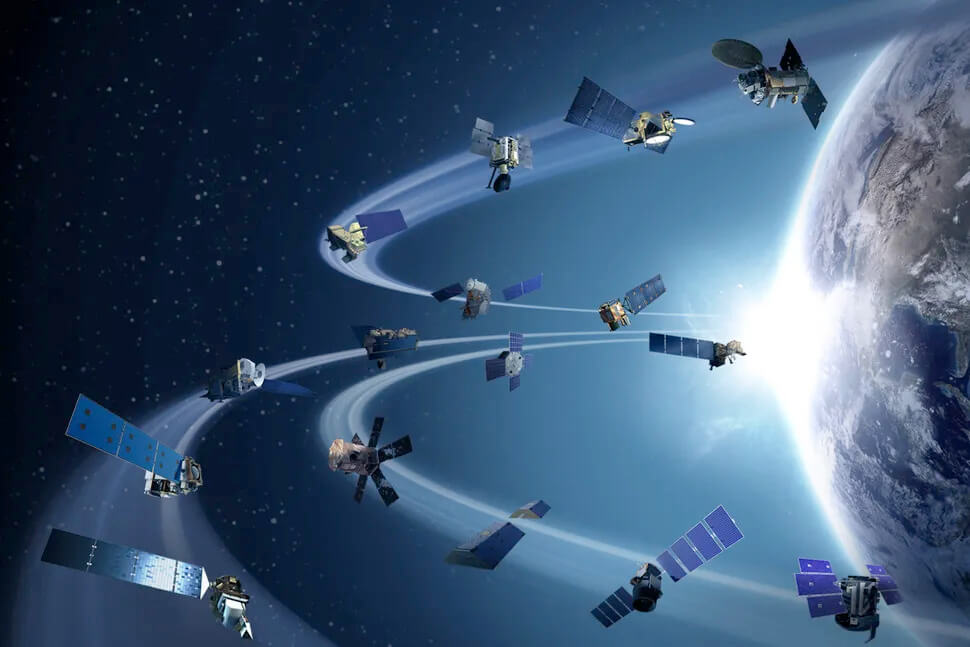A Lancaster University scientist is among a team of international scientists to have tracked over 100 marine megafauna species, identifying the most critical locations in our global oceans for better marine conservation efforts.
The global UN-endorsed research project, MegaMove, involves almost 400 scientists from over 50 countries, showing where protection could be implemented specifically for the conservation of marine megafauna.
Current marine protection areas include only 8 per cent of the world's total oceans, which the UN High Seas Treaty seeks to expand to 30 per cent.
The research, led by scientists at the Australian National University (ANU), found that the targets of the current Treaty - signed by 115 countries but still to be ratified - is a step in the right direction and will be key to assist conservation but insufficient to cover all critical areas used by threatened marine megafauna, suggesting that additional threat mitigation measures are also needed.
Some of the ocean's biggest and best-known creatures - known as marine megafauna - include sharks, whales, turtles, polar bears and seals. They are typically top predators with critical roles in marine food webs but face growing threats from humans' environmental impact.
ANU marine ecologist and research lead author, Associate Professor Ana Sequeira, said the study's goal is to identify areas used by marine megafauna for important behaviours like foraging, resting, and migratory corridors, and these areas can only be found based on their tracked movement patterns.
"We found that the areas used by these animals overlap significantly with threats like fishing, shipping, warming temperatures, and plastic pollution," she said.
"The 30 per cent protection goal is seen as helpful but insufficient to protect all important areas, meaning that additional mitigation strategies are needed to alleviate pressures beyond areas that will be protected."
MegaMove brings together an international network of researchers to provide innovative research to advance the global conservation of marine megafauna.
Dr David Jacoby, Lecturer in Zoology at Lancaster Environment Centre, contributed to the study providing tracking data for different shark species tracked off the coast of Japan.
"This is an unprecedented collation of data following some the largest, most wide-ranging marine animals on the planet," he said. "Some of these species connect different countries, even different continents through their movements, providing crucial ecological functions as they do so.
"This study generates important insight into how we might protect those species and functions from ever-increasing human impacts."
Study co-lead author Dr Jorge Rodríguez, from Instituto de Física Interdisciplinar y Sistemas Complejos, added: "We've outlined the top areas for 30 per cent protection, ranking them based on their use by marine megafauna species.
"Our analysis identifies which areas in the global ocean these species are using as residencies or migratory corridors. We specifically focused on ranking higher those areas used for these important behaviours by the largest number of species."
"But the bottom line is, even if the whole 30 per cent protection were selected in key areas used by marine megafauna, it would still not be enough to conserve them," Associate Professor Sequeira said.
The research has been published in Science.






